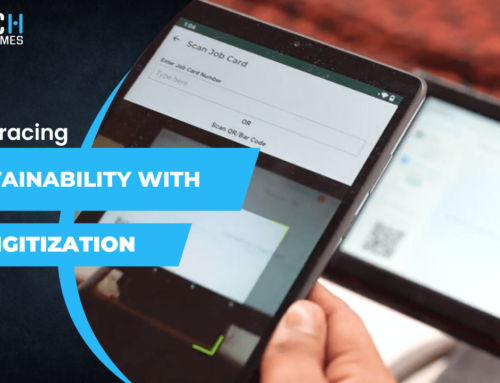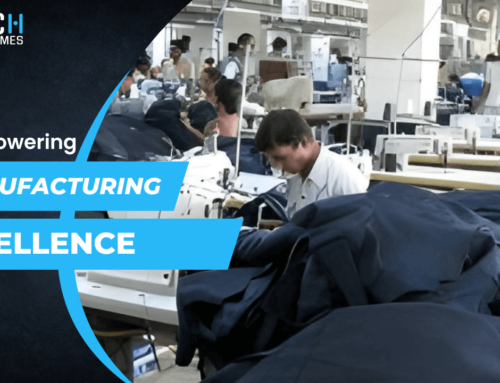Overview
The Pant Project, a pioneer in mass-customized apparel, excels at offering tailored pants. They specialize in Made-to-Measure pants designed for unmatched comfort, flexibility, and style. As a made-in-India brand, they are committed to delivering premium quality and personalized fashion. With a legacy of textile and apparel expertise, founders Dhruv and Udit Toshniwal are dedicated to revolutionizing custom tailoring in India, ensuring you find the perfect pants for every occasion.
Problem Definition:
Driven by a commitment to ethical fashion and personalized customer service (including free alterations), The Pant Project faced a significant challenge: delivering pants tailored to customers’ exact measurements required transforming their manufacturing and supply chain processes. Key challenges included:
Challenges
- Lack of End-to-End Tracking- Without a centralized system, tracking individual orders, including material allocation and WIP (work-in-progress) across multiple manufacturing stages, was cumbersome and error-prone.
- Delays and Poor Communication– Relying on static, end-of-day Excel spreadsheets for tracking caused significant operational inefficiencies. This lack of real-time visibility into order statuses delayed management’s ability to respond to deviations leading to customer dissatisfaction.
- Poor Supply Chain Visibility- There was limited transparency into production capacity, lead times, and scheduling across the complete production cycle, making it difficult to identify bottlenecks and optimize processes.
- Mass Customization Complexity- The unique nature of mass-customized orders, requiring real-time data integration, BOM (bill of materials) management, and flexible production planning, demanded a more sophisticated system than manual processes or basic spreadsheets could provide.
- Customer Experience Gaps- Customers had no visibility into potential delays or revised delivery dates for their orders, impacting brand trust and satisfaction.

The Impact
These challenges severely impacted The Pant Project’s ability to deliver on the promise of their brand:
- Missed Deadlines- Lack of inventory visibility and inefficient processes caused stockouts, extended lead times, logistical delays led to missed deadlines, and unsatisfied customers..
- Difficulty Optimizing- Without knowing where bottlenecks occurred in production (cutting, sewing, finishing, quality control), process improvement was difficult, hindering overall efficiency.
- Subpar Customer Experience- Customers couldn’t track potential delays, changes in estimated delivery dates, or shipping status, eroding trust and impacting brand loyalty.
Solution: Stitch MES Integration
The Pant Project partnered with Stitch MES to implement a comprehensive manufacturing execution system. Here’s how Stitch MES addressed the key challenges:
- QR Code-Based Order Tracking- Stitch MES generated unique QR codes for each customer order. These codes were integrated with physical work orders, enabling seamless scanning, real-time WIP tracking, and visibility across cutting, sewing, and finishing stages on the production floor.
- Real-Time Process Visibility- With each QR code scan, Stitch MES updated the order status in real time, offering both management and customers supply chain visibility and accurate, up-to-the-minute information about the garment’s progress.
- Workflow Templates and Bottleneck Identification- Stitch MES allowed for creating custom process templates (e.g., 16-step process for a pair of trousers, including cutting, sewing, finishing). This enabled the management to track production time per stage, pinpointing inefficiencies and bottlenecks across various styles and SKUs.
- Enhanced Customer Engagement- Customers could track the production stage and progress of all their orders, gaining supply chain visibility, fostering transparency, improving order tracking, and enhancing the overall customer experience.
Project Outcomes
The Stitch MES integration delivered significant benefits to The Pant Project:
- Improved Supply Chain Efficiency- Real-time tracking and data analysis helped optimize production scheduling, improve capacity planning, reduce delays, and ensure on-time delivery. .
- Enhanced Decision-Making- Data-driven insights into material usage, lead times, and production capacity empowered management to identify operational bottlenecks and make informed decisions to improve efficiency.
- Elevated Customer Experience- Increased transparency, including visibility into estimated delivery dates and potential delays, led to greater customer satisfaction and trust.















Leave A Comment